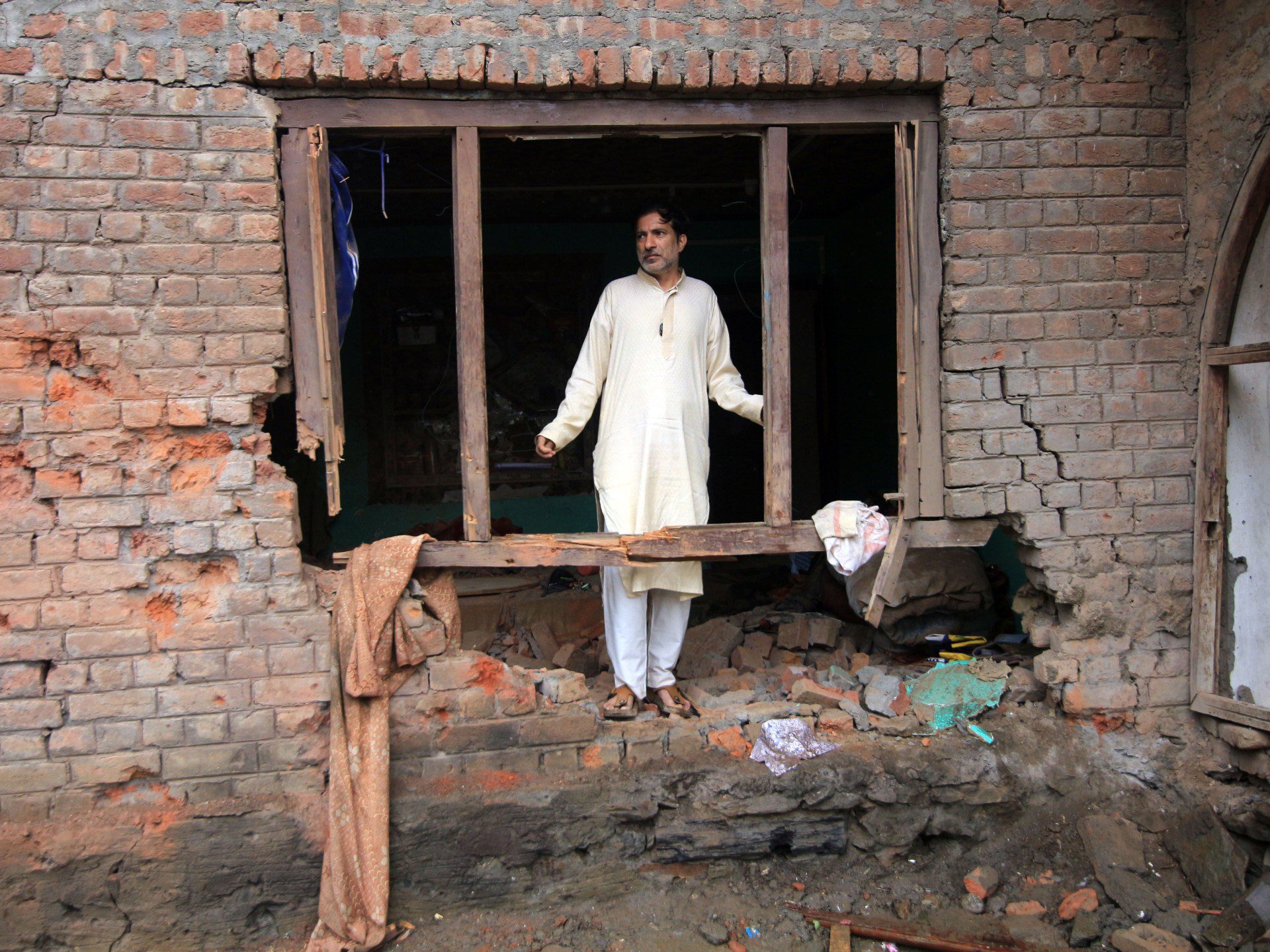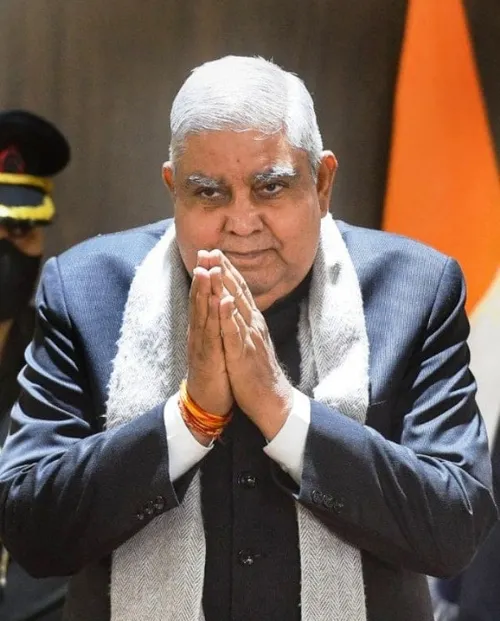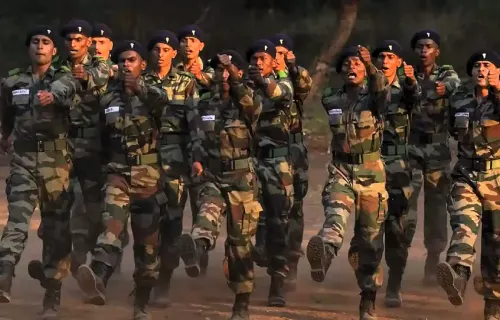India and Pakistan have reached a ceasefire agreement following a brief period of hostilities over the past few days, United States President Donald Trump announced on Saturday.
Earlier on Saturday, the two neighbours targeted each other’s military sites as Pakistan launched “Operation Bunyan Marsoos” after three of its own airbases were hit by India’s air-to-surface missiles. Both sides claimed to have intercepted most projectiles, but also admitted that some strikes caused damage.
More than 60 people have been reported killed since India launched missiles under “Operation Sindoor” on Wednesday, which it said targeted “terrorist camps” in Pakistan and Pakistan-administered Kashmir. Pakistan has confirmed the killing of 13 people on its side of the Line of Control (LoC), the de facto border between the two countries dividing the disputed Kashmir region.
The strikes had raised fears of a wider conflict between the two nuclear-armed neighbours. While international mediation has resolved disputes between India and Pakistan before, it remains to be seen if this ceasefire will hold and whether people will be able to relax.
What has been agreed upon by India and Pakistan?
“After a long night of talks mediated by the United States, I am pleased to announce that India and Pakistan have agreed to a full and immediate ceasefire,” Trump wrote on his Truth Social platform on Saturday.
“Congratulations to both Countries on using Common Sense and Great Intelligence. Thank you for your attention to this matter!” Multiple countries are understood to have been involved in these talks.
Pakistan’s Foreign Minister Ishaq Dar and Indian Foreign Secretary Vikram Misri confirmed the ceasefire shortly after.
“It was agreed between them that both sides would stop all fighting and military action on land, air and sea with effect from 17:00 Indian Standard Time today [11:30 GMT],” Misri said in a short statement.
“Instructions have been given on both sides to give effect to this understanding. The directors general of military operations will talk again on May 12 at 12:00.”
India and Pakistan have also activated military channels and hotlines following the deal, according to Dar.
Will the two countries engage in further talks now?
US Secretary of State Marco Rubio also said India and Pakistan had agreed to start talks on a “broad set of issues at a neutral site”.
However, in a statement on social media, India’s Ministry of Information and Broadcasting partially denied this, stating: “There is no decision to hold talks on any other issue at any other place.”
Subir Sinha, director of the South Asian Institute at SOAS University of London, told Al Jazeera that broader bilateral talks would be a very challenging process as India had previously rejected such a development.
“One of the arguments about this so-called robust policy towards Pakistan that Modi’s government had adopted was that it was no longer possible to sit down and discuss a broad and long-term commitment to resolve issues,” Sinha said.
Therefore, this would mark a reversal of the Indian government’s position and could play out poorly with the right wing in India, whose members have been calling for an attack on Pakistan.
Sinha said both the Indus Waters Treaty, which India suspended its participation of and the Simla Agreement, which Pakistan threatened to pull out of, will need to be fully resumed and “to be looked [at] perhaps as bases for moving forward”.
Were India and Pakistan actually at war?
Officially, no. Despite intense military exchanges, including missile strikes, drone attacks, and artillery shelling, neither government made an official declaration of war.
India and Pakistan instead characterised their military actions as specific coordinated “military operations”.
Pakistan on Saturday launched a retaliatory assault it named “Bunyan Marsoos”, Arabic for “Wall of Lead”, just days after India initiated “Operation Sindoor“, responding to a deadly attack on tourists in Pahalgam on April 22, which it blamed on Pakistan-based armed groups.
However, that is not unusual for these two countries. They have not officially declared war in previous major conflicts, even as thousands of soldiers and civilians died.

Has third-party intervention solved disputes between India and Pakistan before?
Yes. Third-party mediation has resolved disputes since 1947, when the subcontinent split through partition and India and Pakistan fought their first war. After a yearlong war over ownership of the princely state of Jammu and Kashmir, a United Nations-brokered ceasefire effectively split Kashmir between Indian- and Pakistan-administered regions in 1948.
The 1965 Indo-Pakistani War ended with the Tashkent Declaration in January 1966, following mediation by the erstwhile Soviet Union. The accord saw Indian Prime Minister Lal Bahadur Shastri and Pakistani President Ayub Khan agree to pull back to pre-war positions and restore diplomatic and economic ties.
During the 1999 Kargil War, Pakistani troops crossed the LoC and seized Indian positions. Then-US President Bill Clinton convinced Pakistani Prime Minister Nawaz Sharif to withdraw, warning of international isolation.
In 2002, then-US Secretary of State Colin Powell claimed he and his team had mediated the end of a tense stand-off along the LoC following an attack on the Indian Parliament in December 2001. The following June, Powell said that through negotiations, he had received assurances from President Pervez Musharraf of Pakistan that “infiltration activity” across the LoC would cease and that armed groups would be dismantled on Pakistani territory.
What constitutes a war?
There is no single definition. International humanitarian law, such as the Geneva Conventions, uses the term “international armed conflict” instead of “war”, defining it more broadly as any use of armed forces between states, regardless of whether either side calls it a “war”.
In modern international law, all uses of force are categorised as “armed conflict” regardless of justifications such as self-defence, according to Ahmer Bilal Soofi, an advocate in the Supreme Court of Pakistan who also specialises in international law.
The suspension of a treaty can also signal the start of war, he added. India suspended its participation in the landmark Indus Waters Treaty with Pakistan on April 23, a move Pakistan described as a “hostile act”.
“Political scientists normally say a war only exists after fighting becomes quite intense – normally 1,000 battle deaths,” said Christopher Clary, assistant professor of political science at the University at Albany. “For governments, though, wars exist whenever they say so.”
Experts argue the recent escalation in military actions by India and Pakistan was as much about signalling strength as they were about military objectives, and was also part of a broader effort to manage domestic and international perception.
Sean Bell, a United Kingdom-based military analyst, said much of the current rhetoric from both India and Pakistan is deliberately aimed at domestic audiences. Each side is “trying to make clear to their own populations that there is a robust military response, and that they’re retaliating for any actions”, he told Al Jazeera. But this tit-for-tat dynamic, Bell warned, risks becoming difficult to stop once it starts.
Why are countries reluctant to formally announce a war?
Following the adoption of the UN Charter in 1945, “no country claims ‘war’ or declares ‘war’ as, legally speaking, it is viewed as unlawful use of force”, Soofi told Al Jazeera.
Officially, being in a state of armed conflict triggers international legal obligations, such as following the rules of armed conflict and being accountable for war crimes.
In the latest India-Pakistan standoff, both sides portrayed the other as the aggressor, insisting it should be the one to de-escalate.
The absence of a formal, universally accepted definition of war means countries can engage in sustained military operations without ever officially declaring war. Ambiguity also allows governments to frame military actions in ways that suit their political or diplomatic goals.
For example, Russia has consistently described its 2022 invasion of Ukraine as a “special military operation”, despite large-scale troop deployments, air strikes and territorial occupation. Similarly, the US referred to the Korean War in the 1950s as a “police action” and framed its long-term activities in Afghanistan and Iraq as “counterterrorism operations”. Israel also often uses terms like “military campaign” or “operation” for cross-border offensives, such as “Operation Protective Edge” during its 2014 war in Gaza.
Anurag Dhole is a seasoned journalist and content writer with a passion for delivering timely, accurate, and engaging stories. With over 8 years of experience in digital media, she covers a wide range of topics—from breaking news and politics to business insights and cultural trends. Jane's writing style blends clarity with depth, aiming to inform and inspire readers in a fast-paced media landscape. When she’s not chasing stories, she’s likely reading investigative features or exploring local cafés for her next writing spot.






